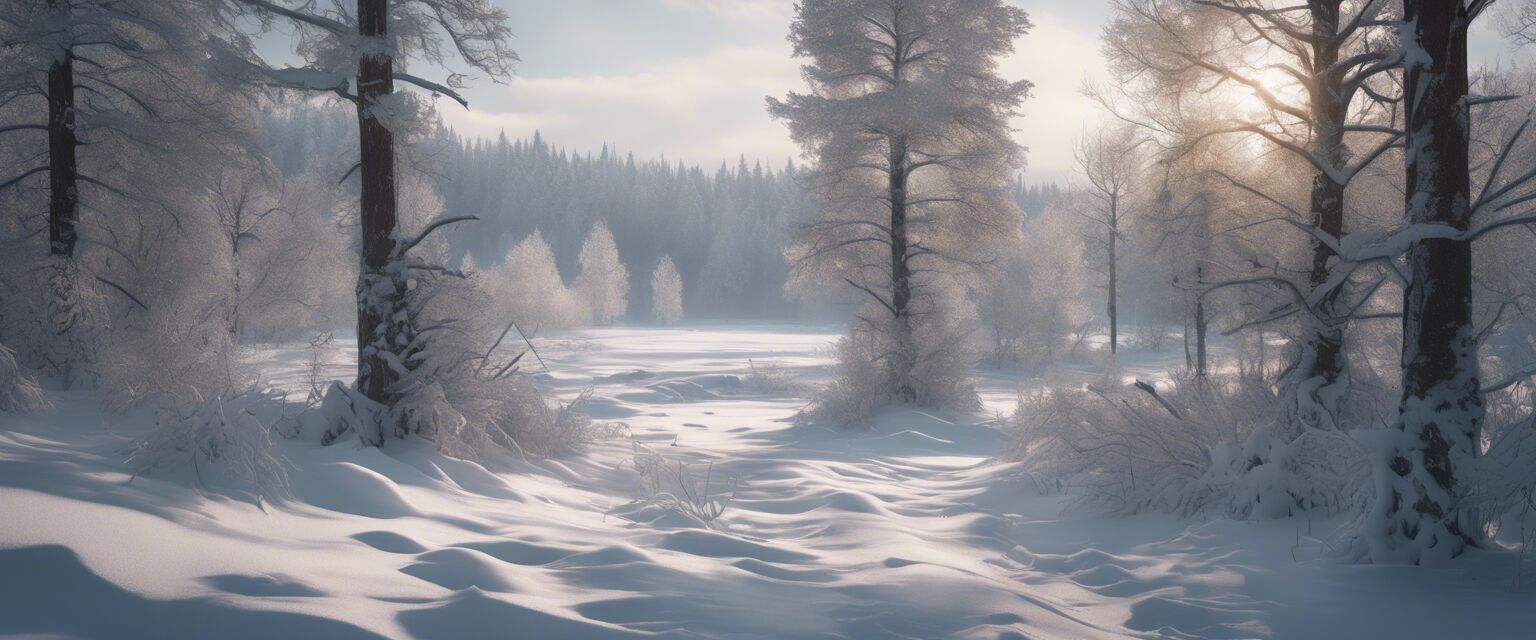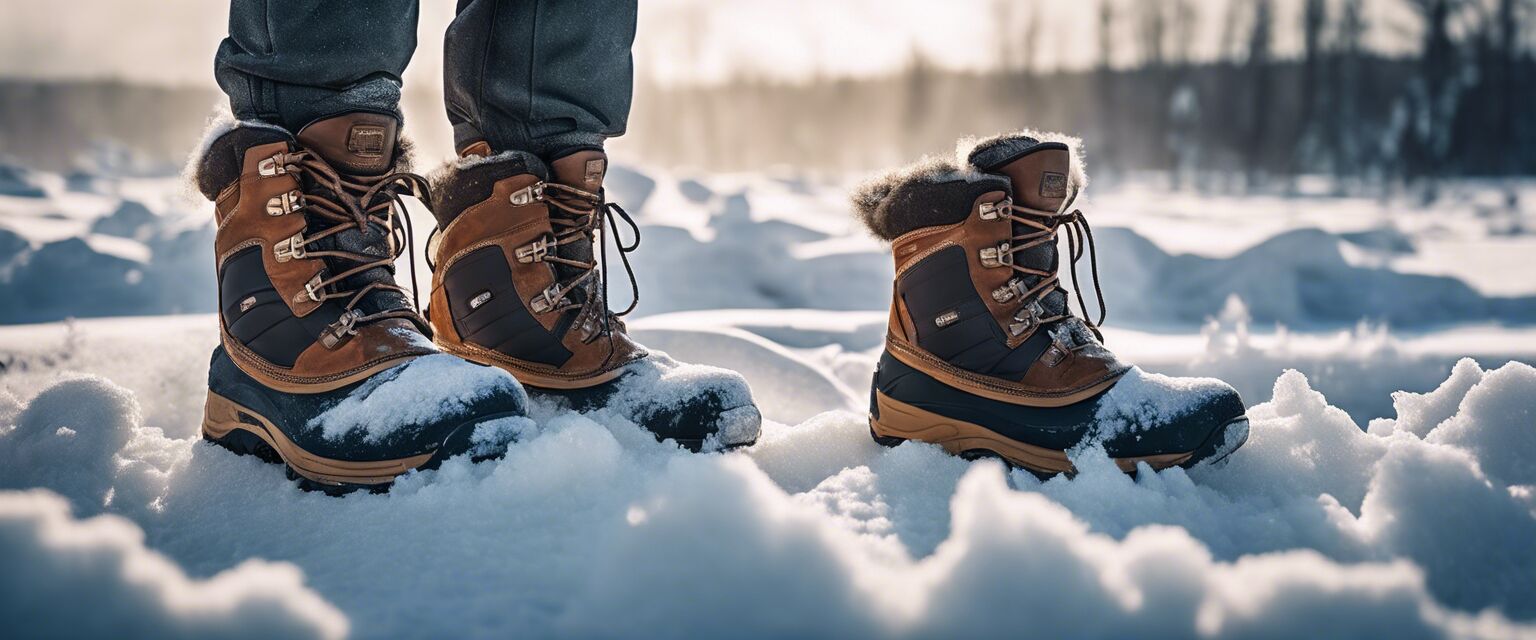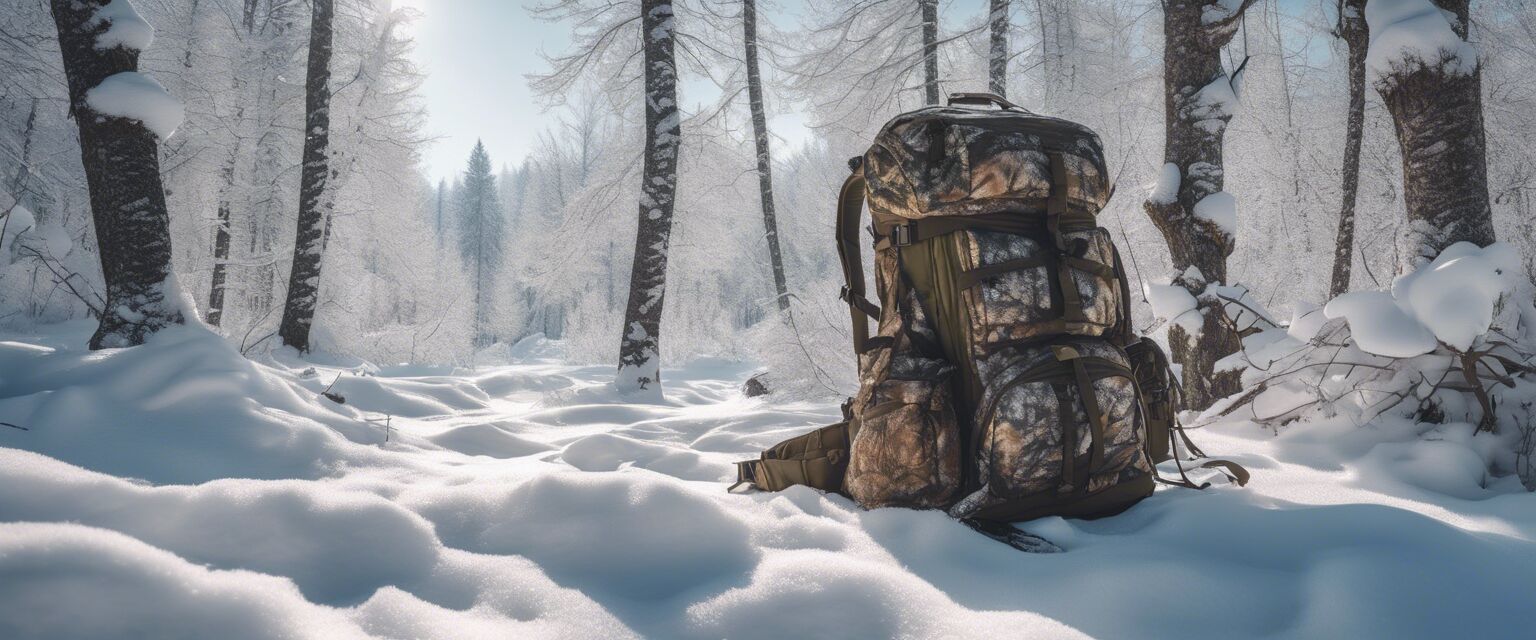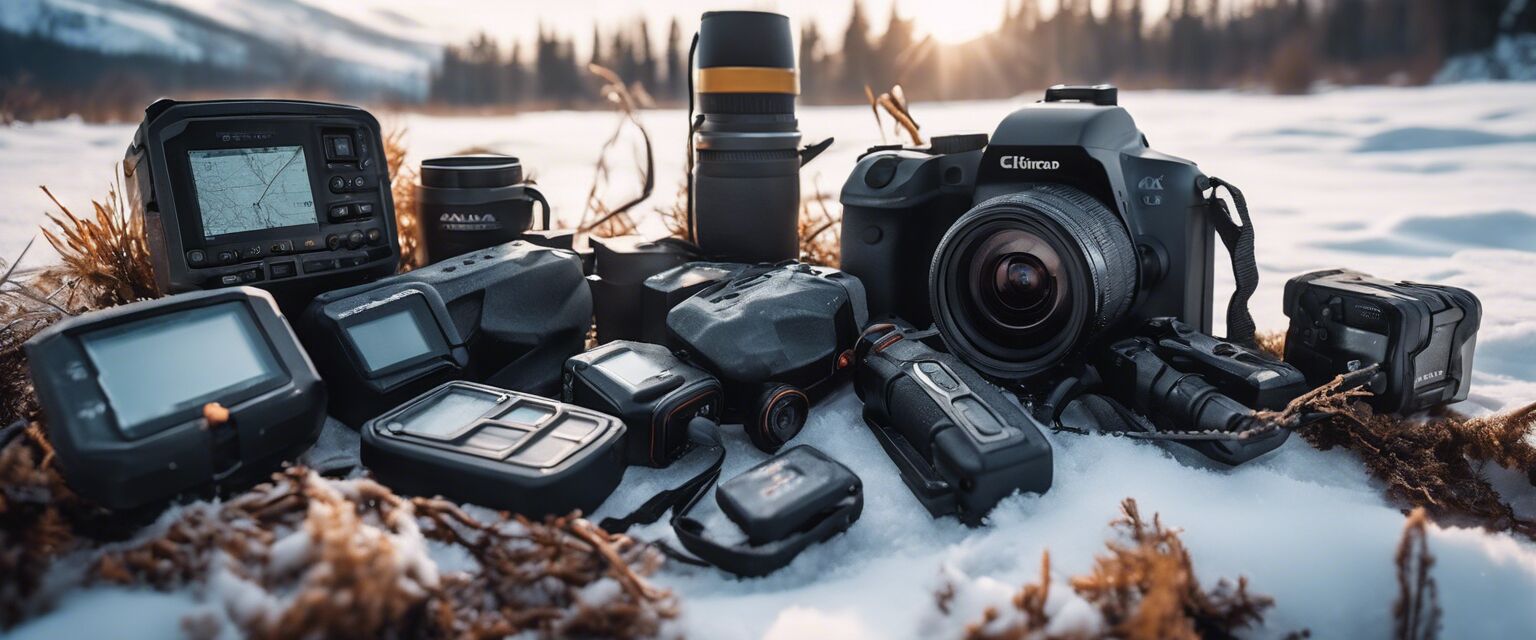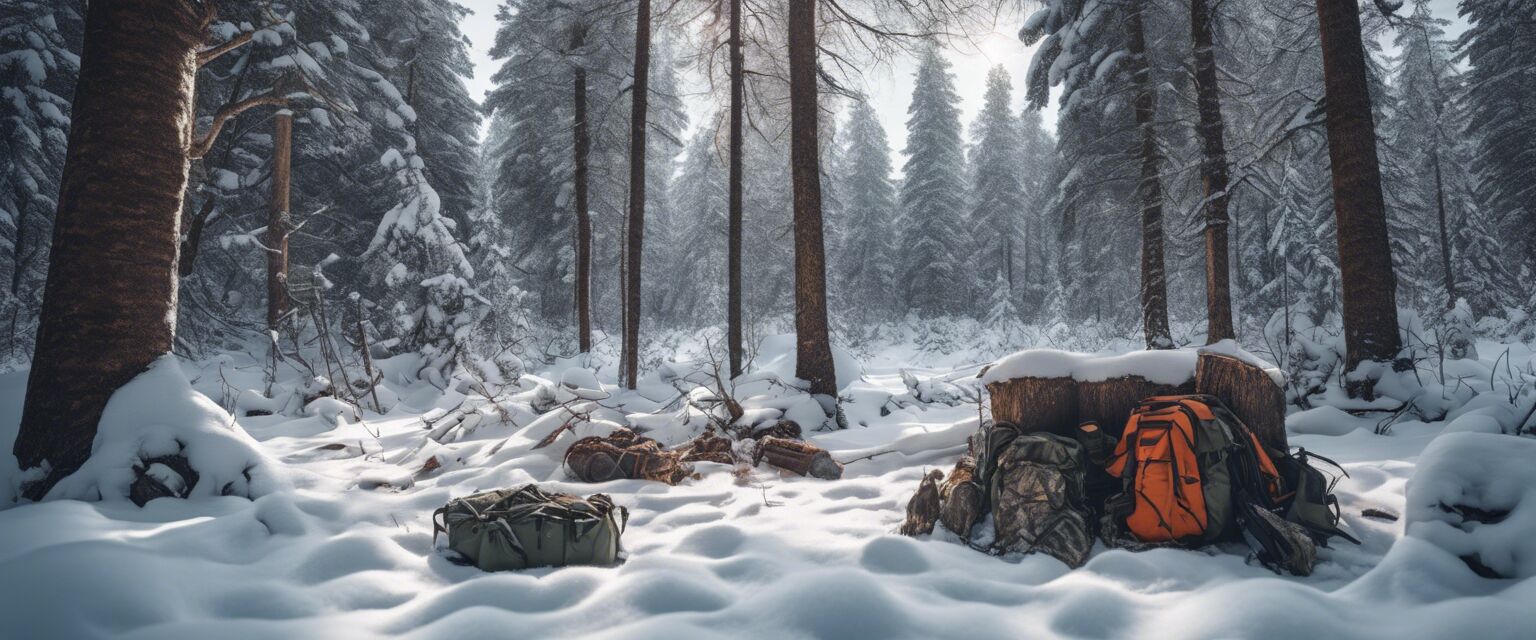
Winter Hunting Strategies
Key Takeaways
- Understand animal behavior in winter conditions.
- Choose the right gear for cold climates.
- Utilize proper camouflaging techniques.
- Plan your hunting route strategically.
- Keep safety as a top priority in winter hunting.
Winter hunting can be a rewarding experience, offering unique challenges and a chance to catch game that is often more active during colder months. This article explores effective strategies and techniques specifically tailored for hunting in winter conditions.
Understanding animal behavior
In the winter, animals adapt to the harsh conditions, making these adaptations crucial to your hunting strategy. Below are some common behaviors to consider:
- Feeding schedules: Many animals will change their feeding times to optimize warmth.
- Movement patterns: Animals often move less and stay in more protected areas.
- Huddling behavior: Some animals will huddle together for warmth, making group hunting easier.
Choosing the right gear
Having the appropriate gear for cold weather hunting is essential. Consider the following types of gear:
| Gear | Description |
|---|---|
| Camouflage gear | Help blend into the snowy environment. |
| Cold weather footwear | Insulated and waterproof boots keep your feet warm and dry. |
| Heated gear | Battery-operated heated clothing for extreme temperatures. |
| Insulated hunting apparel | Helps retain body heat without bulky layers. |
| Portable heat sources | Provides additional warmth when stationary. |
Utilizing proper camouflaging techniques
Proper camouflage is key to staying concealed in a winter landscape. Here are some useful tips:
- Snow-covered patterns: Use gear with snow patterns to break your outline.
- Natural materials: Incorporate branches or foliage from your surroundings into your gear.
- Movement: Stay still and move slowly to avoid detection.
Plan your hunting route
Planning the right route is essential for effective winter hunting. Consider the following strategies:
- Scouting: Identify areas where animals are likely to congregate.
- Track patterns: Look for tracks in the snow to predict animal movement.
- Wind direction: Always approach your hunting space considering the wind direction.
The importance of tracking
Tracking is vital during winter hunting. Effective tracking can uncover valuable insights into animal behavior and movement patterns. Utilize tools like tracking sticks or devices to help you observe:
Familiarizing yourself with different animal footprints is essential and will help differentiate between species.
Practice patience and safety
Winter hunting requires patience. Itâs important to wait for the right opportunity. Additionally, safety should always come first:
Pros
- Less competition from other hunters.
- Animals can be easier to spot against a snowy backdrop.
- Silent environments aid in tracking and observation.
Cons
- Exposure to cold weather risks.
- Limited daylight hours reduce hunting time.
- Travel can be more difficult through snow.
Winter hunting accessories
Don't forget to equip yourself with some essential winter hunting accessories. Hereâs a handy list:
- Thermal gloves: Keep your hands warm while maintaining dexterity.
- Face masks: Protect your face from frostbite.
- Hand warmers: Easy to carry and can be activated quickly when needed.

Conclusion
Winter hunting presents unique challenges and techniques that can set you up for success. By understanding animal behaviors, choosing the right gear, planning your routes strategically, and considering safety, you can improve your hunting experience significantly. Stay adaptable and patient, and you'll find winter hunting to be an exhilarating and fulfilling activity.
